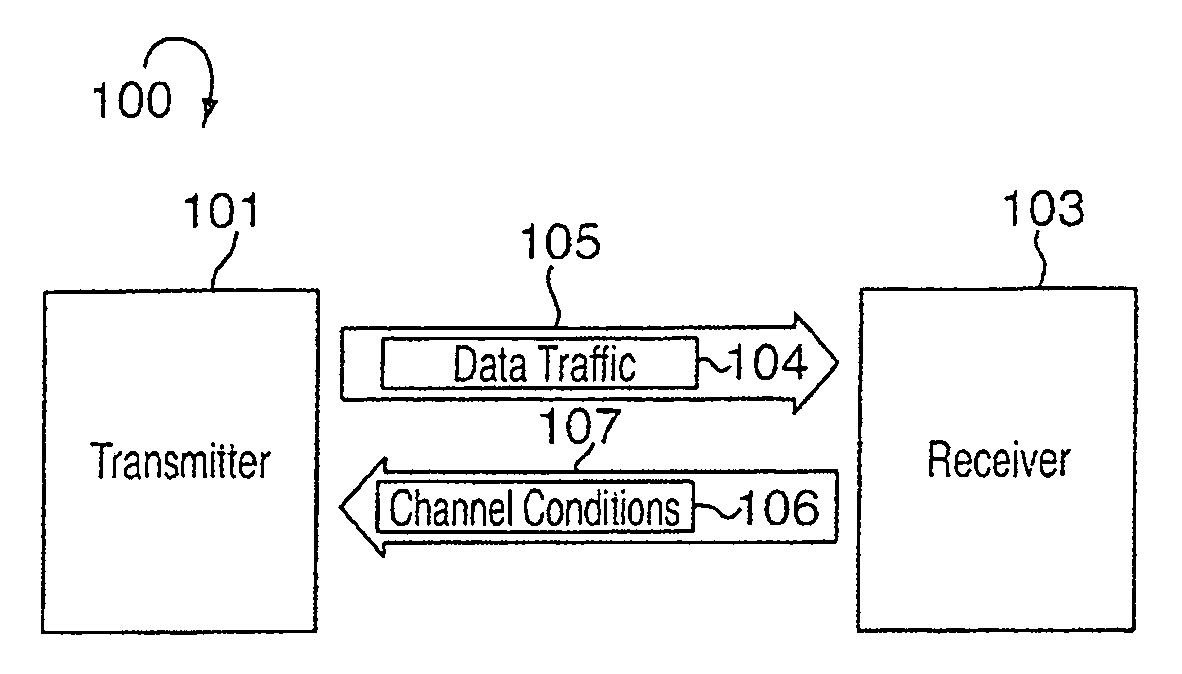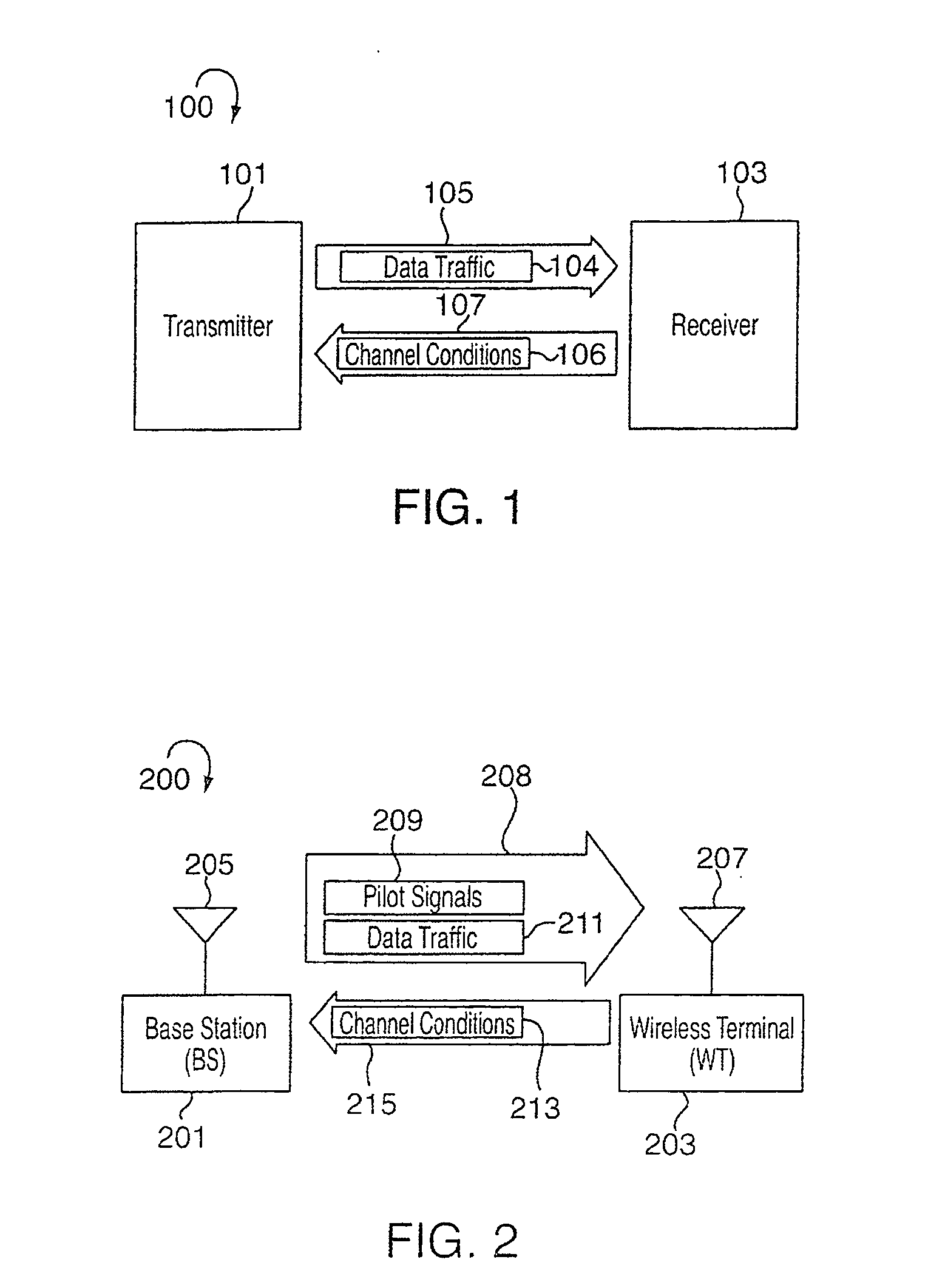Methods and apparatus for characterizing noise in a wireless communications system
a wireless communication system and noise characterization technology, applied in the field of wireless communication systems, can solve the problems of background noise, self-noise, self-noise and inter-sector interference of the wireless terminal's receiver, and the change of the wireless communication channel between the base station and the wireless terminal, so as to reduce the interference
- Summary
- Abstract
- Description
- Claims
- Application Information
AI Technical Summary
Benefits of technology
Problems solved by technology
Method used
Image
Examples
Embodiment Construction
[0046]The methods and apparatus described herein are well suited for use in a wireless communications system which uses one or more multi-sector cells. FIG. 11 illustrates an exemplary system 1100 with a single cell 1104 shown but it is to be understood that the system may, and often does, include many of such cells 1104. Each cell 1104 is divided into a plurality of N sectors wherein N is a positive integer greater than 1. System 1100 illustrates the case where each cell 1104 is subdivided into 3 sectors: a first sector S01106, a second sector S11108, and a third sector S21110. Cell 1104 includes a S0 / S1 sector boundary 1150, a S1 / S2 sector boundary 1152, and a S2 / S0 sector boundary 1154. Sector boundaries are boundaries where the signals from multiple sectors, e.g., adjoining sectors, may be received at almost the same level making it difficult for a receiver to distinguish between transmissions from the sector in which it is located and the adjoining sector. In the cell 1104, mul...
PUM
 Login to View More
Login to View More Abstract
Description
Claims
Application Information
 Login to View More
Login to View More - R&D
- Intellectual Property
- Life Sciences
- Materials
- Tech Scout
- Unparalleled Data Quality
- Higher Quality Content
- 60% Fewer Hallucinations
Browse by: Latest US Patents, China's latest patents, Technical Efficacy Thesaurus, Application Domain, Technology Topic, Popular Technical Reports.
© 2025 PatSnap. All rights reserved.Legal|Privacy policy|Modern Slavery Act Transparency Statement|Sitemap|About US| Contact US: help@patsnap.com



